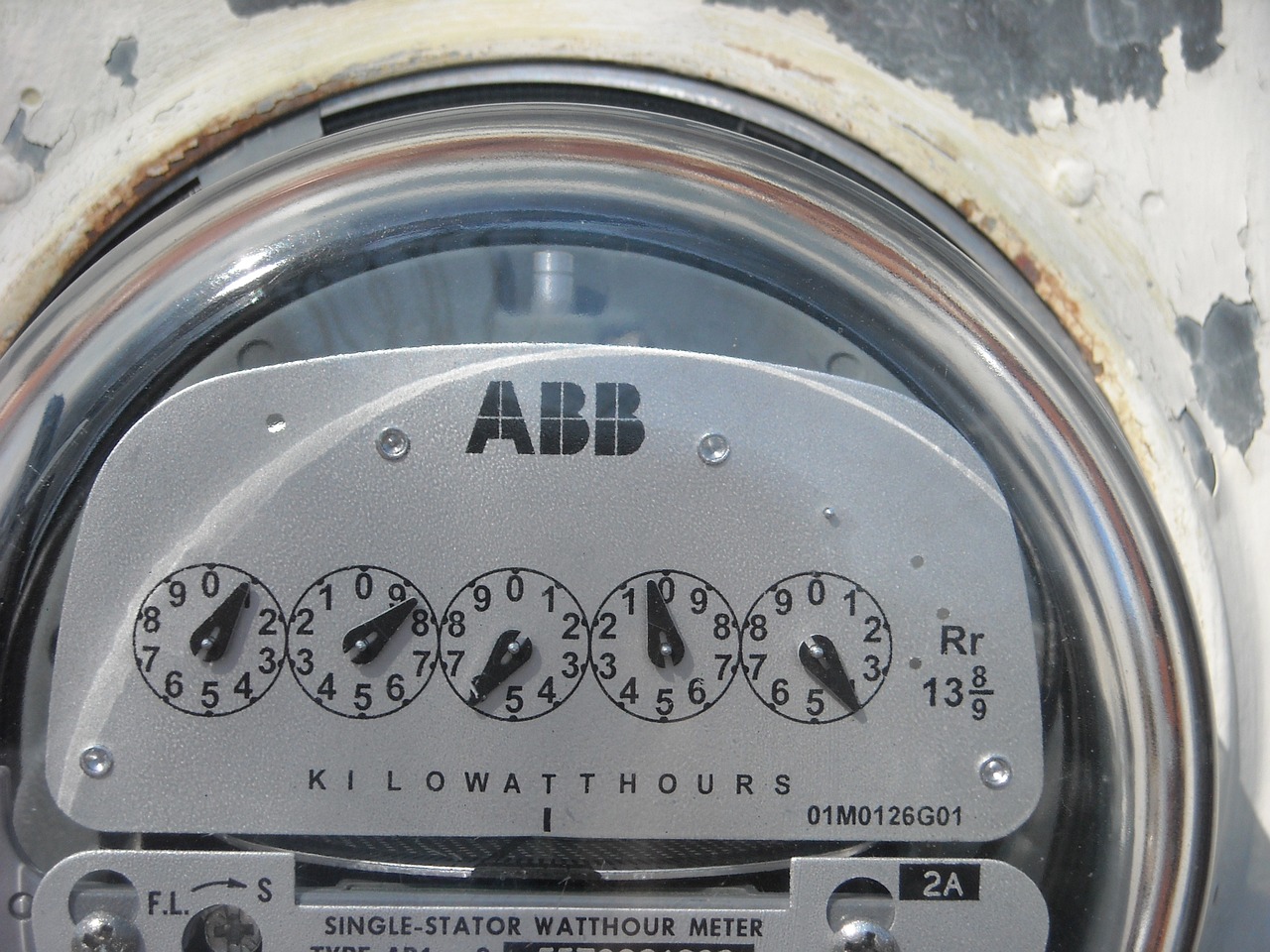PLC Controller Interfaces: A Comprehensive Guide
This comprehensive guide provides a detailed understanding of PLC controller interfaces, including their types, functions, and applications. It covers both hardware and software aspects of PLC interfaces, providing essential information for users to choose the right interface for their specific needs. The guide also explains how to configure and integrate PLC interfaces with other systems, offering practical guidance for engineers and technicians. Whether you're a beginner or an experienced professional, this guide will help you to get the most out of your PLC controller interfaces.
In the world of industrial automation, PLC (Programmable Logic Controller) controllers are essential components. These controllers have numerous interfaces that enable them to interact with other devices and systems within the industrial environment. In this article, we will explore the various PLC controller interfaces and their functions in detail.
PLC controllers are designed to monitor and control industrial processes, such as manufacturing, processing, and packaging. They receive inputs from sensors and other devices, process these inputs, and then send outputs to actuators and other devices to control the industrial process. Interfaces on PLC controllers facilitate this communication and interaction with other components.
Common PLC Controller Interfaces

1、Digital Inputs: These interfaces receive digital signals from sensors or other devices. The signals can be either active high or active low, depending on the type of sensor being used. Digital inputs are essential for monitoring and controlling discrete events, such as button presses, limit switches, and proximity sensors.
2、Digital Outputs: These interfaces send digital signals to actuators or other devices. They can be either open collector or relay outputs, depending on the type of actuator being used. Digital outputs are essential for controlling motors, solenoids, and other devices that require digital control signals.
3、Analog Inputs: These interfaces receive analog signals from sensors, such as temperature, pressure, and level sensors. Analog inputs provide continuous feedback to the PLC controller, enabling precise monitoring and control of these processes.
4、Analog Outputs: These interfaces send analog signals to devices that require analog control signals. Analog outputs can be either current or voltage outputs, depending on the type of device being controlled. They are commonly used to control motors, heaters, and other devices that have analog control requirements.
5、Serial Communications: Many PLC controllers have serial communication interfaces that enable them to connect to other devices and systems using RS-232, RS-485, or other serial protocols. These interfaces are essential for data acquisition, remote monitoring, and integration with other systems.
6、Ethernet Interfaces: Modern PLC controllers often have built-in Ethernet interfaces that enable them to connect to local area networks (LANs) or wide area networks (WANs). These interfaces facilitate data exchange with other devices and systems, as well as provide remote access to the PLC controller for configuration, monitoring, and troubleshooting.
7、USB Interfaces: Some PLC controllers have USB (Universal Serial Bus) interfaces that enable them to connect to computers, laptops, or other devices that have USB ports. These interfaces are commonly used for programming, configuration, and monitoring of the PLC controller using a connected computer or laptop.
Functions of PLC Controller Interfaces
PLC controller interfaces have numerous functions within industrial automation systems. Some of the key functions include:
1、Monitoring: Interfaces can be used to monitor various industrial processes, such as temperature, pressure, level, and flow. By receiving feedback from sensors through digital inputs or analog inputs, PLC controllers can constantly monitor these processes to ensure they are operating within desired parameters.
2、Control: Interfaces can be used to control industrial processes as well. For example, digital outputs can be used to control motors, solenoids, and other devices that require digital control signals. Analog outputs can be used to control heaters, coolers, and other devices that have analog control requirements.
3、Data Acquisition: Serial communication interfaces can be used to connect to data acquisition devices, such as barcode scanners, weight sensors, and level sensors. These devices can provide real-time data to the PLC controller for processing and analysis.
4、Integration: Ethernet interfaces can be used to integrate PLC controllers with other systems and devices within a plant or factory environment. By connecting to local area networks (LANs) or wide area networks (WANs), PLC controllers can share data with other systems for centralized monitoring and control.
5、Remote Access: USB interfaces can be used to connect PLC controllers to computers or laptops for remote access. This allows operators to configure, monitor, and troubleshoot the PLC controller from a remote location using software tools provided by the manufacturer or third-party developers.
In conclusion, PLC controller interfaces play a crucial role in industrial automation systems by facilitating communication and interaction between the PLC controller and other devices within the industrial environment. By understanding the common types of interfaces and their functions within these systems, it becomes possible to configure and operate these controllers effectively for optimal performance in various industrial applications
Articles related to the knowledge points of this article:
Beijing PLC Controller: A Comprehensive Guide
PLC Controller External Wiring
PLC Controller Future Directions
New York-based Huichuan PLC Controller: Revolutionizing Industrial Automation